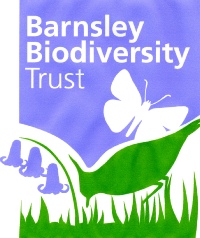





The value of the natural environment is recognised for the many direct economic, health and social benefits we get: food, water, materials and air quality; preventing floods and reducing climate change.
The UK National Ecosystem Assessment, 2011, analyses the natural environment’s value.
Biodiversity Action Plan. Barnsley is a special place for nature: where else has upland species such as Dunlin and Golden Plover breeding as well as lowland species such as Avocet and Bittern.
It’s up to us to care for this special place with its diversity of habitats and wildlife species. This is what our Biodiversity Action Plan is about.
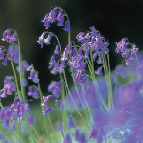
Biodiversity threatened
Our natural environment and the variety of its plants, birds, and animals is something that we take for granted. We know that if we go to the right places we can experience this diversity of wildlife, sometimes in large numbers. However this biodiversity is under threat with the numbers of many species having declined significantly.
Habitat loss, inappropriate management, environmental pollution, and pressure from non-native species, all play a part in this loss. To this we now add the changes in our climate and more extremes of weather.
Why should we care about biodiversity?
We have a moral obligation to hand on to the next generation an environment no less rich than that we ourselves inherited. Nature contributes to our mental and physical health, provides recreation and interest, and benefits tourism and the economy.
The natural environment provides us with many direct benefits: food, water, materials and air quality; and it helps to prevent floods and reduce climate change. Loss of biodiversity affects the ability of natural systems to adapt to change and reduces the resources available for us to use.
The pressures on our environment are likely to continue to increase and we need to manage our natural environment in sustainable ways for the benefit of all of us.

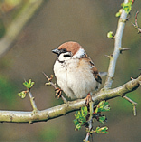


Changes in emphasis for the Barnsley Biodiversity Plan.
Since the last BAP was published there have been considerable changes on the ground and in national priorities, policies and recommended approaches. These have influenced the approach in revising our BAP.
Over 1,000 native species have been given priority status because of the severity of their decline, including some widespread and common species. Review of UK priority habitats and species list (2007)
The changes in government policy are set out in:
‘Biodiversity 2020’, the strategy for wildlife and ecosystem services and
‘Securing biodiversity’, the framework for delivering priority. habitats and species.
Who should be involved?
The council, other public bodies and statutory agencies, schools and colleges, voluntary and private sector organisations, farmers, land managers, community groups, and individuals, all should be involved.
The intention is that all of these organisations and groups, as well as individuals, will find the new Biodiversity Action Plan useful in informing what they do.
There need to be ways in which everyone can help.
The Barnsley Biodiversity Action Plan aims to:
- Provide a sound basis and framework for local action to conserve, protect and enhance the biodiversity of the borough.
- Help the people of Barnsley to be more aware of the biodiversity around them and of the need to conserve it
- Produce a more detailed understanding of the biodiversity of the borough, its habitats and wildlife species.
- Develop opportunities for active participation in biodiversity action by all members of the community.
It is also intended to set out:
- Good practice in the conservation of biodiversity for local land owners, tenants, managers and developers, including public bodies
- Implications of legislation, planning guidance and government policy for the conservation of biodiversity in the local area
- Information on the duty of public bodies to have regard to biodiversity conservation when carrying out their functions.
Scope
We need a BAP that tackles the problems caused to our wildlife by
- habitat loss or damage as a result of new development
- habitat decline or loss through lack of appropriate management
- habitat fragmentation and a lack of connectivity
- invasive non-native species damaging habitats and species
- changing climate and extremes of weather.
Actions
The Biodiversity Action Plan will also include actions agreed as necessary. In some cases these will already be underway; some will be in the planning stages; some will be the subject of bids for funding; and some will be markers for future action when resources are available and the conditions are right.
New approaches place greater emphasis on reversing the decline and loss of wildlife species through a focus on improving their habitats and the specific features they need. For example: Integrating needs of priority species into habitat management (2010), Natural England
It is now recognised that nature is highly fragmented and unable to respond well to new pressures. We are seeing a shift to a more integrated and larger scale approach to conservation with more, bigger, better and more joined-up places needed for nature. The Lawton Report, Making Space for Nature (2010)
This needs improved collaboration between local authorities, local communities, statutory agencies, voluntary and private sectors, farmers, land managers and individual citizens.
Our Biodiversity Action Plan seeks to:
- Reflect the changes in national policies and guidance
- Build on what we have already achieved and the good
practice being developed in the Nature Improvement Area
- Move us forward and achieve the best environment
we can for wildlife in Barnsley.

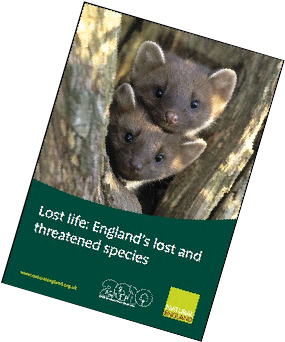
There is an increased number of habitats and species identified as priorities for action because of their decline and the threats that face them.
Natural England’s Lost Life report, 2010 identifies the scale of the loss and decline of wildlife
.
State of Nature (2013) published by the UK’s wildlife organisations confirms how much our wildlife and ecosystems are under threat.
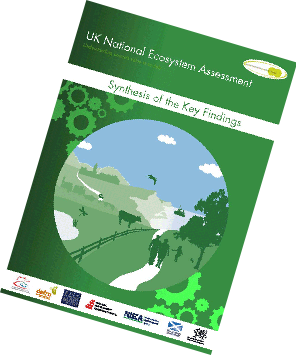
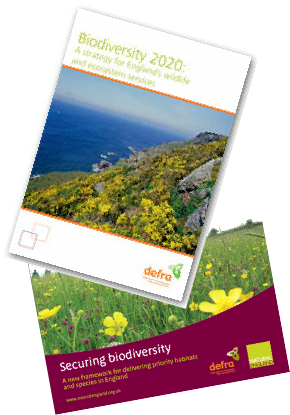
Barnsley Local Biodiversity Action Plan is being revised and anticipated to be adopted in 2016. Revised sections are available here for comment:
We would welcome your comments
Your email address will not be public.

The Local Biodiversity Action Plan as adopted by Barnsley Council is also available: